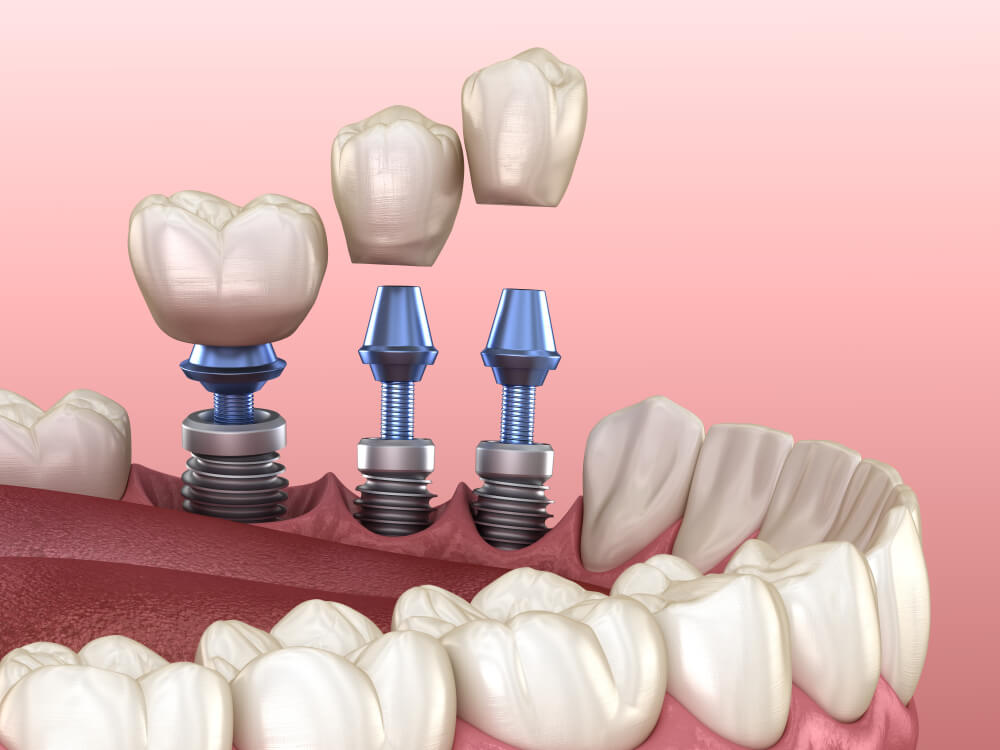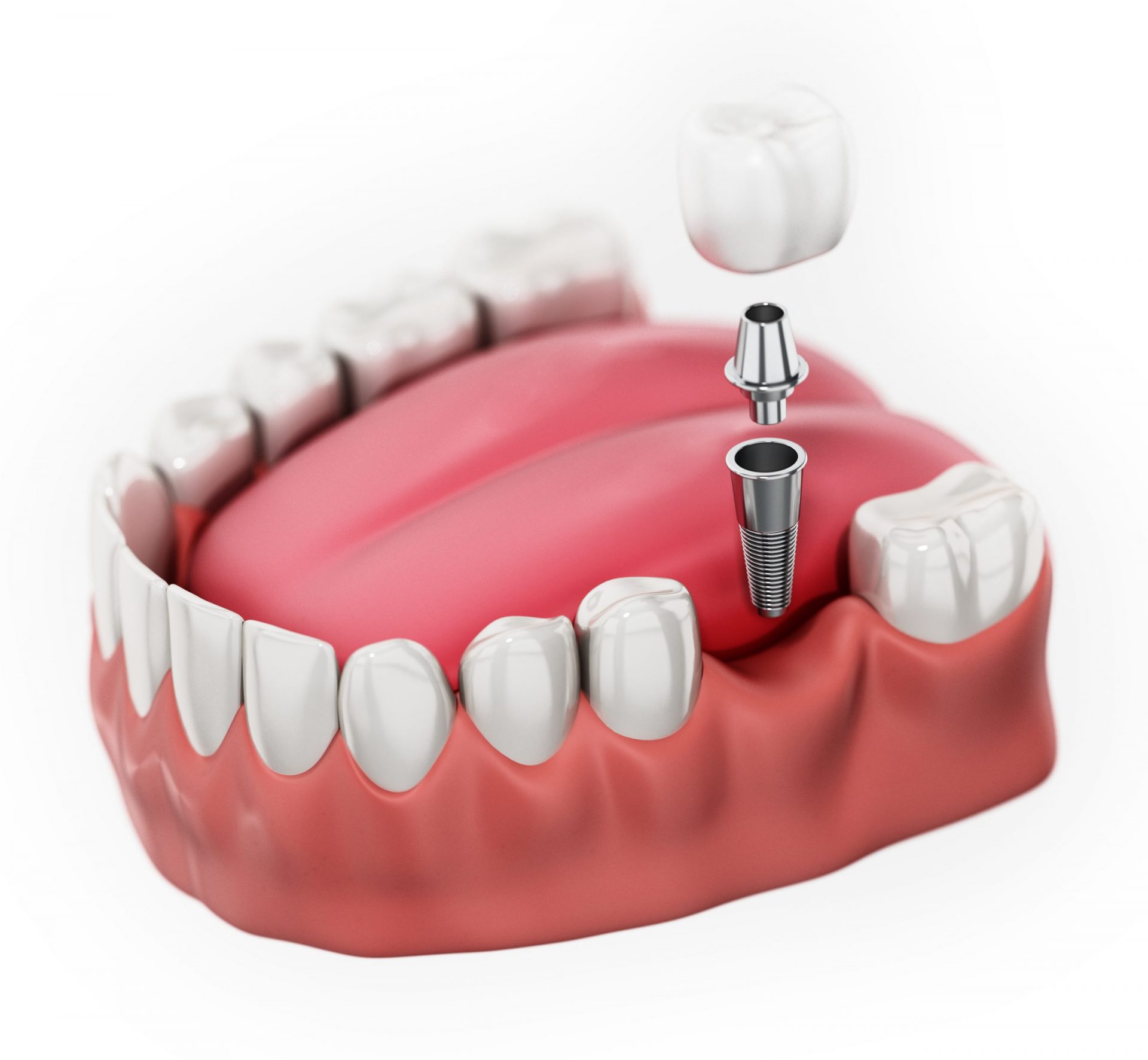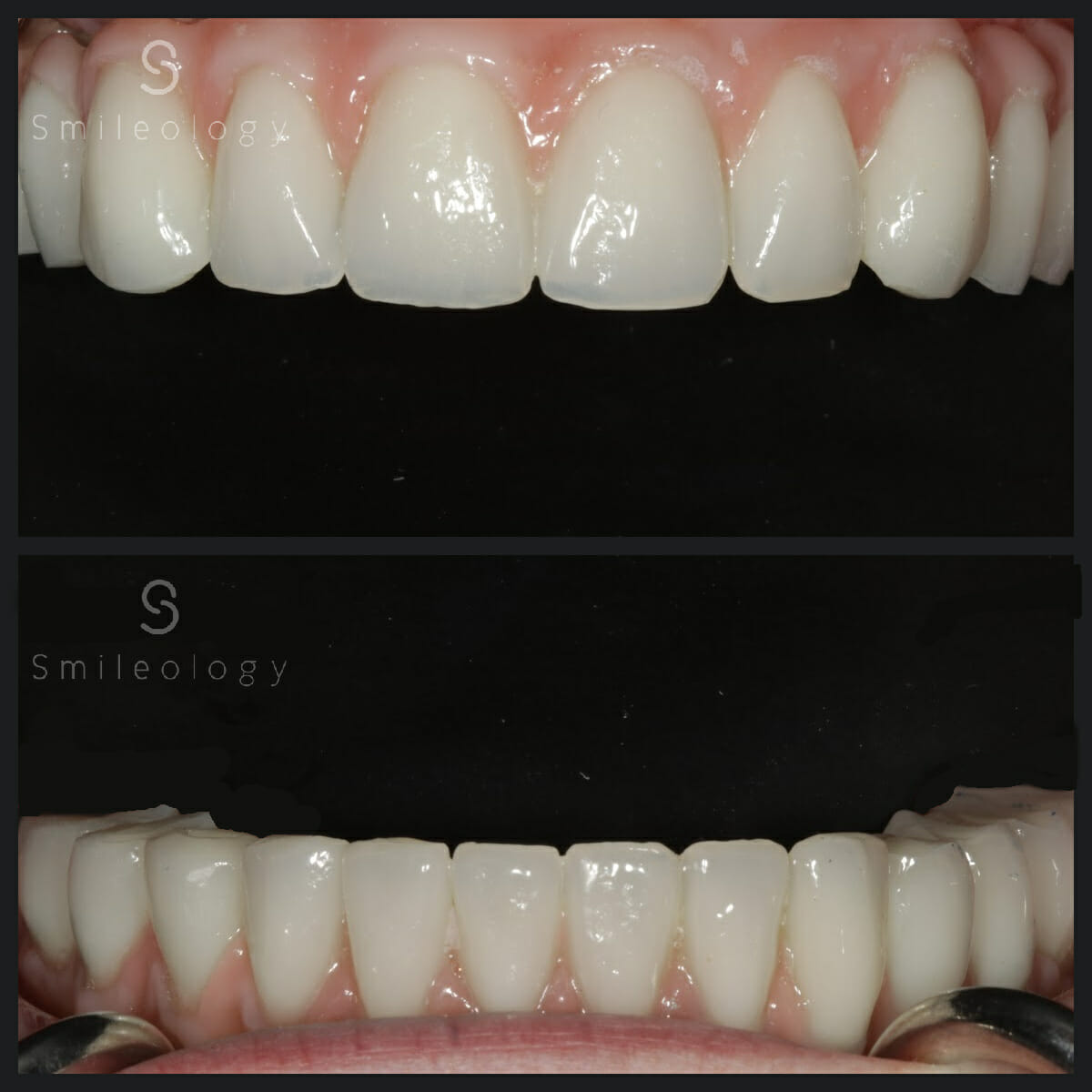Discover Quality in Dental Implants Kent: Smile Confidently
Discover Quality in Dental Implants Kent: Smile Confidently
Blog Article
Experience the current Technologies in Dental Implants Technology
As the field of dental care proceeds to advance, the improvements in oral implant modern technology have actually been nothing brief of remarkable. The integration of technology is reinventing the functionality of dental implants, assuring boosted outcomes and client fulfillment.
Advanced Materials for Boosted Resilience
In the world of dental implants technology, the assimilation of advanced materials has actually substantially added to boosting sturdiness and long life of these critical oral prosthetics. The usage of products such as titanium alloys, zirconia, and ceramic substances has actually changed the area by using increased biocompatibility, resistance, and toughness to deterioration.
Titanium alloys are widely used in dental implants as a result of their remarkable strength-to-weight proportion, rust resistance, and compatibility with the body. These alloys make sure the stability and long life of the implant by holding up against the forces put in throughout speaking and chewing, providing a reputable service for patients seeking long lasting tooth replacements.
Zirconia, a sort of ceramic material, has actually obtained appeal for its biocompatibility and all-natural tooth-like look. Its high strength and resistance to put on make it an appropriate choice for oral crowns and bridges, enhancing the overall looks and functionality of the implant.

Digital Imaging for Precise Positioning
The evolution of oral implants technology has actually even more advanced with the assimilation of electronic imaging techniques, guaranteeing accurate positioning of these prosthetics for optimum practical and aesthetic results. Digital imaging plays a crucial duty in the preparation and positioning of oral implants by offering in-depth 3D photos of the client's jawbone structure. This innovation permits dentists to examine bone density, find essential frameworks, and plan the exact placement and angle for dental implant placement with exceptional precision.
By using electronic imaging, dental professionals can produce online surgical guides that serve as a roadmap throughout the dental implant positioning treatment. These guides are personalized for every individual, thinking about their distinct makeup and the wanted end result. This degree of precision not just boosts the success price of oral implant treatments yet additionally decreases the risk of difficulties.
Furthermore, electronic imaging allows dental practitioners to visualize the final prosthetic repair prior to the real placement of implants, permitting careful planning and ensuring that the result fulfills the person's visual assumptions. In general, the combination of electronic imaging modern technology has actually changed the field of dental implants, offering people an extra predictable, effective, and patient-specific treatment strategy.

Minimally Invasive Surgical Strategies


Advancements in surgical strategies have brought about the growth of minimally intrusive methods in the field of dental implantology. These strategies intend to decrease injury to the individual, shorten healing times, and improve overall treatment outcomes. Minimally intrusive operations entail smaller incisions, specialized instruments, and advanced imaging innovations to precisely position oral implants with very little disruption to surrounding tissues.
One secret facet of minimally intrusive methods is using guided surgery, where 3D imaging and computer-aided design software application are utilized to plan the implant positioning with terrific accuracy. This allows for an extra predictable outcome and can usually get rid of the requirement for substantial flap surgical procedure.
Moreover, innovations in materials and implant style have actually likewise added to navigate to this site the success of minimally intrusive techniques. Implants with enhanced surface buildings advertise faster osseointegration, minimizing the recovery time called for prior to the prosthetic remediation can be placed.
3D Printing for Personalized Solutions
Using 3D printing technology in oral implantology enables the production of extremely tailored options customized to official statement private patient requirements and physiological variants. This sophisticated modern technology allows dental specialists to make and produce oral implants with outstanding accuracy and precision. By making use of electronic imaging techniques, such as cone light beam calculated tomography (CBCT), thorough 3D models of the patient's dental cavity can be created to direct the dental implant intending process.
One of the crucial advantages of 3D printing in oral implantology is the capability to develop patient-specific implants that flawlessly fit the unique anatomy of each individual. This personalized technique aids improve the total success and durability of the dental implant by making sure ideal fit and positioning. Additionally, 3D printing enables the manufacturing of complex geometries and complex frameworks that would certainly be challenging or difficult to accomplish utilizing traditional production methods.
In addition, 3D printing modern technology allows dentists to improve the implantation process, decreasing surgical procedure time and boosting overall individual experience. With its ability to produce personalized services quickly and efficiently, 3D printing is revolutionizing the area of dental implantology, offering clients cutting-edge therapy alternatives and boosted results.
Integrated Technology for Improved Capability
Implementing innovative technology in oral implantology improves capability and precision, raising the standard of treatment for clients undertaking dental implant procedures. Integrated innovation plays an essential function in boosting the general success and longevity of dental implants.
Additionally, the assimilation of computer-aided layout and computer-aided manufacturing (CAD/CAM) innovation makes it possible for the creation of custom-made dental implant reconstructions with remarkable accuracy. CAD/CAM systems utilize electronic impacts to make prosthetics that perfectly fit the client's special composition, ensuring optimal comfort and performance. Furthermore, the usage of robotic-assisted surgical procedure in dental implant placement boosts precision and reduces the threat of human mistake.
Final Thought
In verdict, the most recent advancements in dental implants modern technology offer improved durability through innovative materials, accurate placement with digital imaging, minimally intrusive medical methods, customized services with 3D printing, and enhanced functionality with integrated technology - Dental implants Kent. These innovations in look at here now oral implants modern technology are revolutionizing the area and giving individuals with even more efficient and efficient therapy choices for restoring their smiles and oral wellness
The integration of technology is reinventing the functionality of oral implants, promising boosted outcomes and client complete satisfaction.
The advancement of dental implants modern technology has better advanced with the assimilation of digital imaging techniques, making sure exact positioning of these prosthetics for optimum practical and aesthetic results. Minimally invasive medical treatments include smaller sized cuts, specialized tools, and progressed imaging innovations to specifically put dental implants with very little disturbance to surrounding tissues.
Carrying out cutting-edge innovation in dental implantology improves functionality and accuracy, elevating the requirement of treatment for people undergoing implant treatments. Dental implants Kent. Integrated modern technology plays a critical function in improving the overall success and sturdiness of oral implants
Report this page